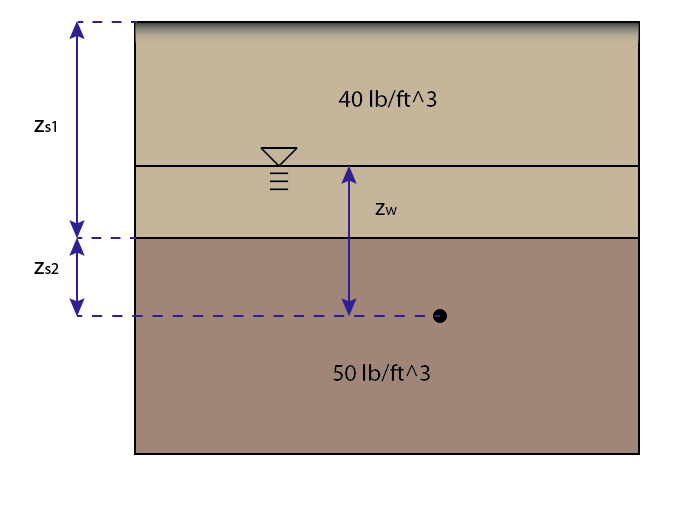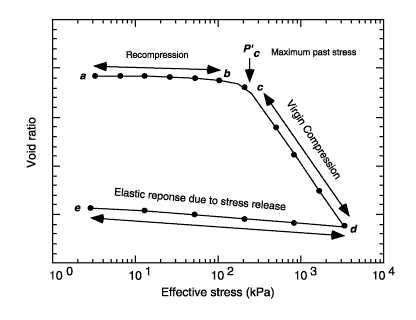Blog Archives
Deciphering What to Study for the PE Exam
The reference books won’t help you decide what to study, it would be great if they had little Breadth or Depth indicators in the section headers… but they don’t. So it is upon you to decipher what to study.
Several times now, I have realized far too late that the topic I am studying in the CERM or AIO is not relevant to what I need. In most cases this is due to me stumbling into a section of a chapter that is for the depth test on the topic instead of the breadth.
Just today I was studying the Hydraulic Machines chapter of the CERM (Chapter 18). This section covers pumps and other hydraulic machines and things like efficiency, speeds, horsepower, changes in energy head etc. All of those things will be in the breadth section so it is good I studied them. However after covering speed, the chapter jumps straight into cavitation and suction which only appear on the hydraulic depth section. I will admit those things are interesting but I probably should been studying something that will be relevant to me.
The easiest way to stay on course is to constantly refer to the exam specifications on what to study:
Soil Mechanics – Consolidation
Consolidation is a form of settlement where the air and liquids in a soil (the voids) are removed due to pressures acting on the soil. Consolidation can occur over a long period of time and can destroy structures if not address soon enough.
The distance of consolidation is determined using this equation:
$$ s = H \varepsilon_v = \frac{H \Delta e}{1 + e_0} $$
Where:
s = settlement
H = layer thickness
\(e_0\) = initial void ratio
\(Delta e\) = change of the void ratio due to the increase in vertical stress at the midpoint of the layer
Shear and Bending Stresses in Beams
Beams are one of the main design elements a structural engineer will work with. This is a loaded simply supported beam:
For the PE exam, a loaded beam has two main options for failure, shear and bending.
Soil Mechanics – Effective and Total Stress
 Effective Stress, \(\sigma ‘\) is in units of pressure (Pa, \(\frac{kg*m}{s^2}\), \(\frac{F}{A}\), etc) and is given by this equation:
Effective Stress, \(\sigma ‘\) is in units of pressure (Pa, \(\frac{kg*m}{s^2}\), \(\frac{F}{A}\), etc) and is given by this equation:
$$ \sigma ‘ = \sigma – u$$
Total stress, \(\sigma\), is the total amount of stress due to the soil at the depth you are considering:
$$ \sigma = \rho_s g z $$
\(\rho_s\) is the soil density (e.g. 80 lb/ft^3).
\(g\) is the acceleration of gravity (e.g. 32.2 ft/s^2).
\(z\) is the distance of the surface, or beginning of the soil section, to the point you are considering(e.g. 10 ft).



